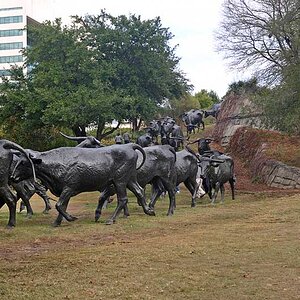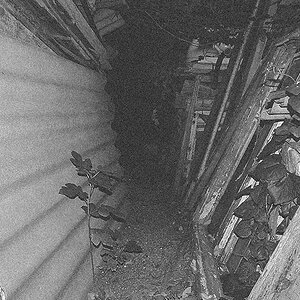fmw
No longer a newbie, moving up!
As focal lenth increases, you need a larger and larger front element to gather the same amount of light. The f number is a mathematical relationship between the diameter of the front lens element and the focal length of the lens. It is done this way so that f5.6, as an example, would produce the same exposure on the same film at the same shutter speed on any lens. The resulting photograph could look very different with the two different lenses but the exposure should be about the same.
So, Lorrir, because all of your lenses have the same maximum aperture doesn't really change anything. You still need to (or should) use the other aperture settings and settings with the same f number would produce about the same exposure at a given shutter speed regardless of the maximum aperture of lenses involved. The fact that the f2.8 maximum aperture provides another option for exposure and depth of field over a lens with an f4 maximum aperture, doesn't change basic light gathering capability of f4 as an aperture setting. Shooting everything at maximum aperture not only operates your lenses where they have the worst image quality but also removes you from a whole world of depth of field and motion management. I would recommend you get busy learning what the other apertures will provide for you photographically.
There is always a price to pay for the faster lens. Not only are faster lenses more expensive to buy, but they are larger, heavier and more complex. They are more complex because the larger front element requires more correction of lens aberrations than a smaller one. With complexity comes a degradation in image quality - perhaps just a minor one but a degradation nevertheless. For most photographers, the additional fexibility of a wider range of apertures is worth dealing these issues, however.
So, Lorrir, because all of your lenses have the same maximum aperture doesn't really change anything. You still need to (or should) use the other aperture settings and settings with the same f number would produce about the same exposure at a given shutter speed regardless of the maximum aperture of lenses involved. The fact that the f2.8 maximum aperture provides another option for exposure and depth of field over a lens with an f4 maximum aperture, doesn't change basic light gathering capability of f4 as an aperture setting. Shooting everything at maximum aperture not only operates your lenses where they have the worst image quality but also removes you from a whole world of depth of field and motion management. I would recommend you get busy learning what the other apertures will provide for you photographically.
There is always a price to pay for the faster lens. Not only are faster lenses more expensive to buy, but they are larger, heavier and more complex. They are more complex because the larger front element requires more correction of lens aberrations than a smaller one. With complexity comes a degradation in image quality - perhaps just a minor one but a degradation nevertheless. For most photographers, the additional fexibility of a wider range of apertures is worth dealing these issues, however.



![[No title]](/data/xfmg/thumbnail/30/30886-4d4f2b370f36c175a23901cc8689aea4.jpg?1619734498)
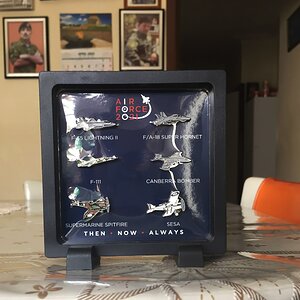
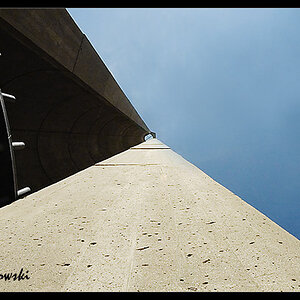
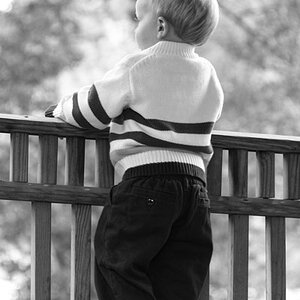

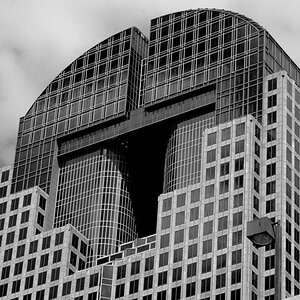
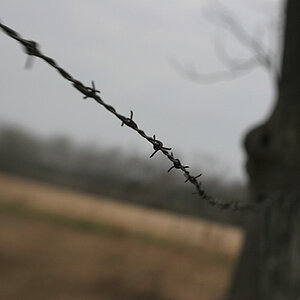
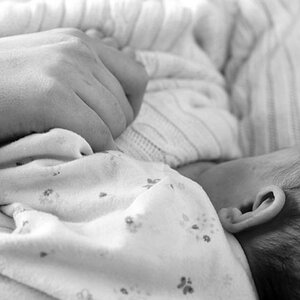
![[No title]](/data/xfmg/thumbnail/32/32162-dd2cfb373402c59de9c6f13cee73b0fb.jpg?1619735234)
